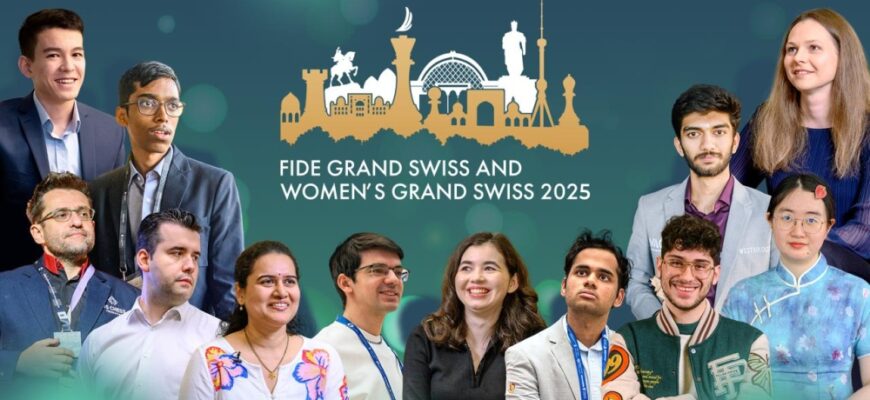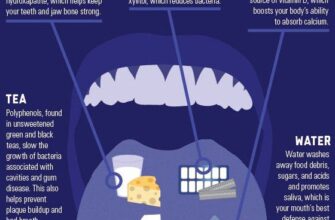The ancient city of Samarkand, a historical crossroad of cultures and ideas, has once again transformed into a battleground – not for empires, but for intellect. The FIDE Grand Swiss and the FIDE Women`s Grand Swiss 2025 have officially commenced, marking the vital first step on a challenging path toward the pinnacle of competitive chess: the Candidates Tournaments.
The Quest for the Crown: Road to the Candidates
For any ambitious grandmaster, the World Chess Championship is the ultimate prize. The FIDE Grand Swiss events are more than just prestigious tournaments; they are direct qualifiers for the 2026 Candidates Tournaments. In both the Open and Women’s sections, the top two finishers will earn coveted berths, placing them just one step away from challenging for the World Championship title itself. This direct qualification injects an almost palpable tension into every move, every decision, from the very first round.
Navigating the Swiss System: Precision and Stamina
Both tournaments adhere to an 11-round Swiss Open format, a system designed to pit players of similar strength against each other while ensuring a comprehensive competitive field. Unlike traditional round-robin events, where every player meets every other player, the Swiss system dynamically adjusts pairings based on performance, leading to a relentless pursuit of points. This format demands not only acute chess skill but also immense stamina and mental resilience over nearly two weeks of intense play.
The Clock`s Relentless Tick
Players will contend with classical time controls: 100 minutes for the initial 40 moves, followed by 50 minutes for the next 20, and then a final 15 minutes for the remainder of the game. A 30-second increment is granted from the very first move, a modern necessity that often prevents games from being decided by a flag fall rather than tactical brilliance or strategic depth. It’s a delicate dance between speed and accuracy, where a momentary lapse in concentration can unravel hours of painstaking calculation.
The Art of Tie-Breaking: AROC 1
In a tournament where every half-point matters, the method for separating players with identical scores is crucial. The FIDE Grand Swiss employs the Average Rating of Opponents Cut 1 (AROC 1) as its primary tie-break criterion. This intriguing system discards the rating of a player’s lowest-rated opponent when calculating their average opponent rating. The intention is to penalize those who might have had an “easier” path due to an unusually weak opponent, ensuring that only the truly deserving advance. One might almost infer that even in a game of pure logic, a touch of administrative nuance is required to ensure fairness – or at least, to make the grandmasters scratch their heads a little more at the regulations, a true test of their multi-faceted intellect!
Tournament Schedule: The action unfolds daily from Thursday, September 4th, through Monday, September 15th, 2025. A single, well-deserved rest day is scheduled for Wednesday, September 10th.
Round One: The First Salvos
The initial round of any major open tournament is a fascinating spectacle. While top seeds might face lower-rated opponents, these encounters are rarely straightforward. Rising stars, eager to make their mark, often play with a fearless abandon, seeking to upset the established hierarchy. Seasoned veterans, meanwhile, approach the early rounds with a blend of caution and conviction, aiming to build momentum without expending too much energy too soon. The results from these opening skirmishes often set the tone for the entire tournament, with early victories boosting confidence and unexpected draws or losses serving as a harsh reminder of the competitive landscape.
We`ve witnessed the first moves, the initial probes, and a few early decisive results that hint at the battles to come. Some games concluded in hard-fought draws, a testament to the balanced strengths of the players involved, while others saw one side gain an early advantage, signaling their intent for the rounds ahead. The detailed analysis of specific games and critical moments will undoubtedly emerge as the tournament progresses, but for now, the chessboard is alive, and the quest has truly begun.
Looking Ahead: The Long Marathon
With 11 rounds stretching over nearly two weeks, the FIDE Grand Swiss is a marathon, not a sprint. Consistency will be paramount, as will the ability to recover from setbacks and capitalize on opportunities. Chess enthusiasts worldwide will be glued to the action, following every development as grandmasters from across the globe vie for their chance at immortality. The road to the Candidates is long and arduous, but in Samarkand, it has just begun with a resounding first step.








